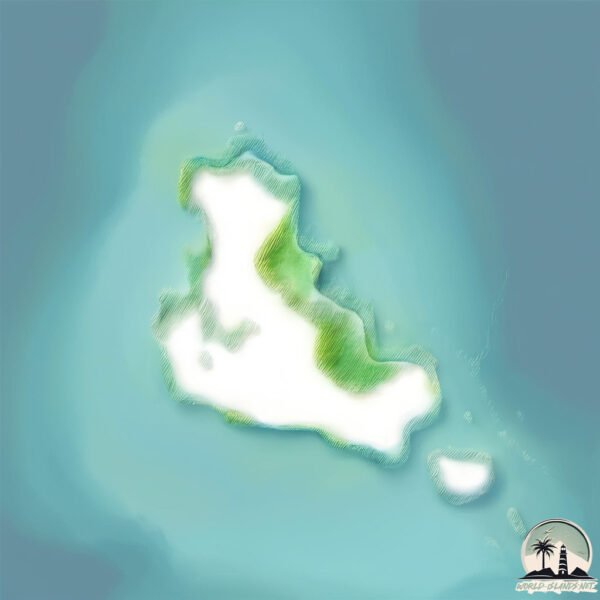Dahaila Kebir

Welcome to Dahaila Kebir, a Dry island in the Red Sea, part of the majestic Indian Ocean. This guide offers a comprehensive overview of what makes Dahaila Kebir unique – from its geography and climate to its population, infrastructure, and beyond. Dive into the details:
- Geography and Size: Explore the island’s size and location.
- Climate and Weather: Weather patterns and temperature.
- Topography and Nature: Uncover the natural wonders of the island.
- Infrastructure and Travelling: Insights on reaching, staying, and making the most of your visit.
- News and Headlines: Latest News.
Geography and size of Dahaila Kebir
Size: 1.066 km²
Coastline: 5 km
Ocean: Indian Ocean
Sea: Red Sea
Continent: Africa
Dahaila Kebir is a Small Island spanning 1.1 km² with a coastline of 5 km.
Archipel: –
Tectonic Plate: Arabia – A major tectonic plate covering the Arabian Peninsula and parts of the Middle East. The plate is primarily continental and known for its collision with the Eurasian Plate, leading to the uplift of the Zagros Mountains.
The geographic heart of the island is pinpointed at these coordinates:
Latitude: 15.15952656 / Longitude: 40.13617849
Climate and weather of Dahaila Kebir
Climate Zone: Dry
Climate Details: Hot Deserts Climate
Temperature: Hot
Climate Characteristics: Dominated by extremely hot temperatures, this climate is marked by minimal rainfall and barren landscapes. Nights often experience drastic temperature drops.
Topography and nature of Dahaila Kebir
Timezone: UTC+03:00
Timezone places: Asia/Riyadh
Max. Elevation: 2 m
Mean Elevation: 1 m
Vegetation: Sparse Vegetation
Tree Coverage: 64%
The mean elevation is 1 m. The highest elevation on the island reaches approximately 2 meters above sea level. The island is characterized by Plains: Flat, low-lying lands characterized by a maximum elevation of up to 200 meters. On islands, plains are typically coastal lowlands or central flat areas.
Dominating Vegetation: Sparse Vegetation
These regions have limited plant growth, typically due to extreme conditions like aridity or poor soils. Vegetation is scattered and consists of hardy plant species. Dahaila Kebir has a tree cover of 64 %.
Vegetation: 3 vegetation zones – Moderately Diverse Island
These islands start to show a broader range of ecological niches. With three vegetation zones, they may offer a mix of ecosystems like coastal areas, inland woods, and perhaps a distinct wetland or dry area. This diversity supports a wider range of flora and fauna, making these islands more ecologically complex than those with minimal diversity.
Infrastructure and Travelling to Dahaila Kebir
Does the island have a public airport? no.
There is no public and scheduled airport on Dahaila Kebir. The nearest airport is Massawa International Airport, located 102 km away.
Does the island have a major port? no.
There are no major ports on Dahaila Kebir. The closest major port is MITSIWA HARBOR, approximately 89 km away.
The mean population of Dahaila Kebir is 34 per km². Dahaila Kebir is Gently Populated. The island belongs to Eritrea.
Continuing your journey, Hawakil is the next notable island, situated merely km away.
Eritrea is classified as Least developed region: Countries that exhibit the lowest indicators of socioeconomic development, with the lowest Human Development Index ratings. The level of income is Low income.
News – Latest Updates and Headlines from Dahaila Kebir
Stay informed with the most recent news and important headlines from Dahaila Kebir. Here’s a roundup of the latest developments.
Please note: The data used here has been primarily extracted from satellite readings. Deviations from exact values may occur, particularly regarding the height of elevations and population density. Land area and coastline measurements refer to average values at mean high tide.
